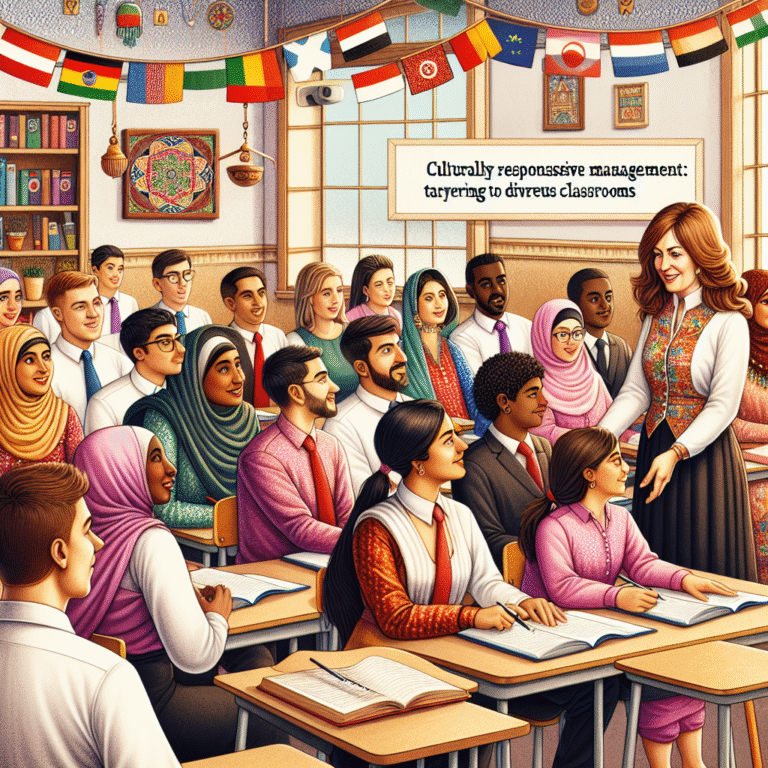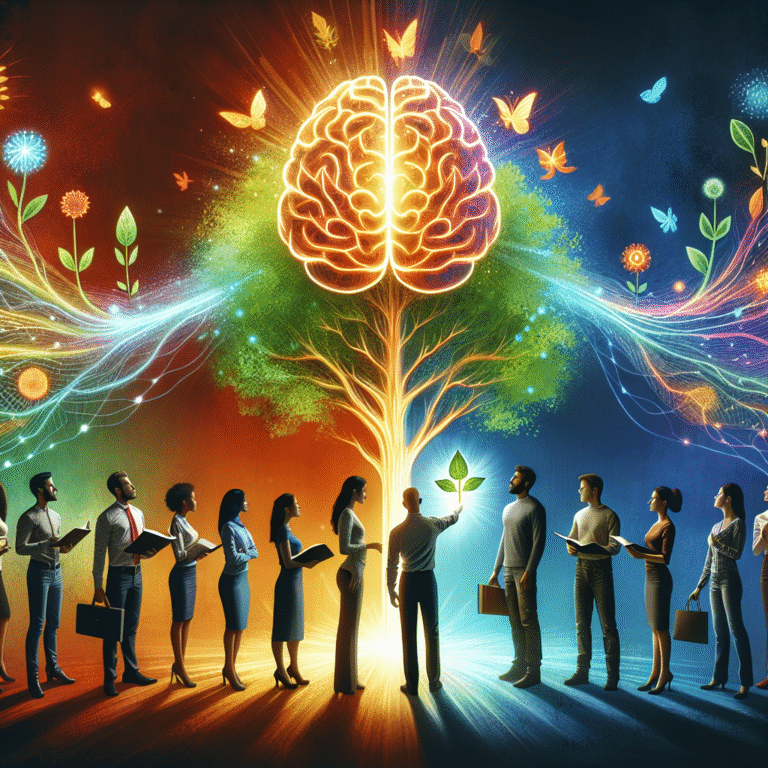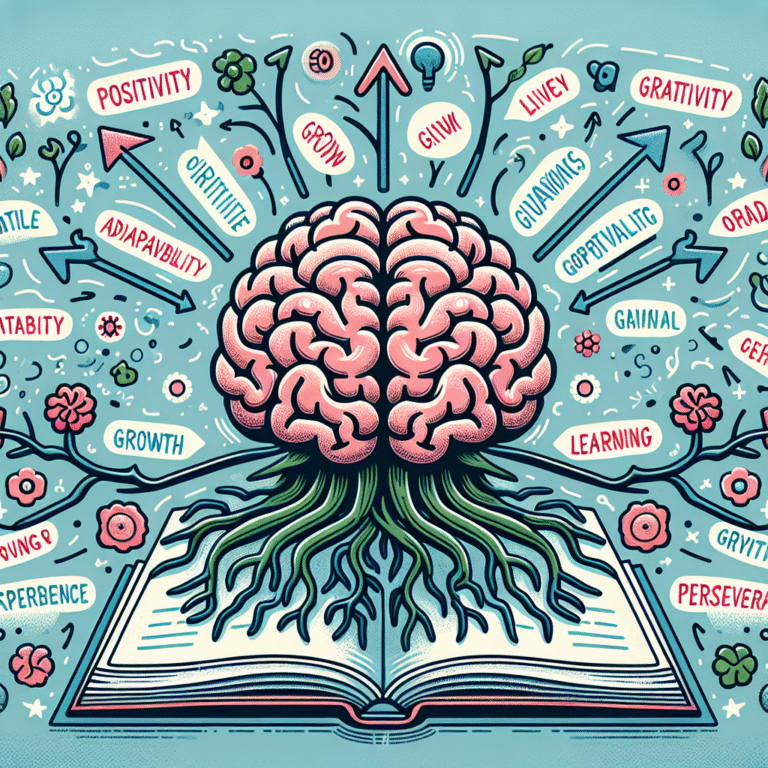
Introduction
Imagine walking into a coffee shop, sipping on your favorite brew, when suddenly an idea strikes you. You think about everything you’ve learned—whether from your formal education, online courses, or everyday experiences. Now, envision harnessing this knowledge, applying it seamlessly in different contexts, and transforming not only your career but also your personal life. Welcome to The Art of Application: Mastering Transfer of Learning for Lifelong Success.
In our fast-paced, ever-evolving world, mastery of the transfer of learning is more important than ever. The ability to take knowledge from one area and apply it to another is what fuels innovation, creativity, and ultimately, success. This article promises to delve deep into the nuances of mastering this art, offering unique insights and practical steps to ensure your lifelong journey of learning is fruitful and fulfilling.
The Foundation of Transfer of Learning
What is Transfer of Learning?
Transfer of learning refers to our ability to apply knowledge or skills learned in one context to a different context. It is a concept foundational to education, psychology, and personal development. Think of it as the bridge that connects your past experiences with new situations, allowing you to navigate life’s challenges more effectively.
The Importance of Application in Life
Imagine knowing everything about swimming but having never stepped into a pool. What good is that knowledge? The act of application transforms theory into practice. In the realm of The Art of Application: Mastering Transfer of Learning for Lifelong Success, applying what you learn is crucial. It empowers you not only to solve problems but also to create new avenues for growth.
Case Study 1: The Power of Transfer in Technology
Consider Apple Inc. In the early 2000s, Apple was primarily a computer company, developing systems that were user-friendly. When it transitioned to the smartphone market with the iPhone, it applied its deep understanding of user experience and design from computers to mobile technology. This transfer of knowledge led to unprecedented success in a new industry. For Apple, mastering the transfer of learning was essential for their innovative edge.
| Aspect | Before iPhone | After iPhone |
|---|---|---|
| Market Focus | Computers | Smartphones |
| User Interface | Standard | Touch-Based |
| Revenue Growth | Steady | Exponential |
Understanding the Mechanisms of Transfer
Types of Transfer
Understanding the different types of transfer can enhance your ability to apply what you’ve learned effectively. There are primarily two types:
Positive Transfer: This occurs when learning in one context enhances performance in another. For instance, learning how to play the guitar can make it easier to learn the piano.
- Negative Transfer: This happens when prior learning interferes with new learning, akin to driving a car and then trying to ride a motorcycle.
Strategies for Effective Transfer
To maximize the benefits of learning transfer, it’s essential to adopt specific strategies:
Contextual Learning: Immerse yourself in the learning environment. Whether through simulations, group discussions, or practical applications, the closer the context matches the intended application, the better the transfer.
Reflective Practice: After learning something new, take the time to reflect on how it might be applicable in different scenarios. Keeping a journal can be an effective way to delineate these connections.
- Interdisciplinary Learning: Engaging with multiple fields can create a rich tapestry of knowledge that fosters creative applications. How might your skills as a marketer apply to solving problems in engineering? The possibilities are endless.
Case Study 2: Cross-Disciplinary Applications at Google
Google’s “20% time” program allows employees to spend 20% of their work week on projects that interest them, even if those projects don’t necessarily align with their primary job function. This policy encourages cross-disciplinary collaboration, allowing engineers, marketers, and designers to exchange knowledge and ideas. For Google, this practice exemplifies The Art of Application: Mastering Transfer of Learning for Lifelong Success: they’ve created an environment where transfer is not just encouraged but ingrained in their culture.
Overcoming Barriers to Transfer
Challenges in Transfer
Despite its undeniable benefits, many face challenges in transferring learning effectively. Some common obstacles include:
- Fixed Mindset: Believing that abilities are static can inhibit the willingness to apply knowledge in new settings.
- Lack of Opportunity: Sometimes, the environment does not provide avenues for applying learned skills.
- Over-specialization: Being highly specialized in one area may limit the breadth of application.
Strategies to Overcome Barriers
Cultivating a Growth Mindset: Embrace challenges as opportunities to learn. Understanding that your abilities can be developed will encourage you to seek new applications for your skills.
Creating Opportunities for Application: Seek environments, such as internships or volunteer positions, where you can apply your knowledge in diverse contexts.
- Networking: Engage with individuals from different backgrounds. Their insights can open doors to new applications for what you’ve learned.
Case Study 3: The Power of Mindset in Education
In educational settings, research by Carol Dweck on growth versus fixed mindsets illustrates how attitudes toward learning can significantly influence student achievement. Students with a growth mindset are more likely to persevere through challenges and apply their skills to various contexts—thereby mastering The Art of Application: Mastering Transfer of Learning for Lifelong Success.
The Role of Technology in Enhancing Transfer
Technology has the potential to facilitate the transfer of learning like never before.
Digital Tools and Resources
Platforms such as Coursera, LinkedIn Learning, and Udemy offer diverse courses that encourage skills transfer by involving real-world projects, case studies, and interactive discussions.
Using Learning Analytics
Many online learning platforms utilize analytics to provide tailored content that expands learners’ skill sets based on their progress, preferences, and gaps in knowledge. This customized approach helps reinforce The Art of Application: Mastering Transfer of Learning for Lifelong Success.
Virtual Reality (VR) & Augmented Reality (AR)
Emerging technologies like VR and AR have brought forth immersive learning experiences. For instance, medical students use VR simulations to apply their theoretical knowledge practically.
| Technology | Application |
|---|---|
| VR | Surgical Training |
| AR | Interactive Education |
Cultivating a Lifelong Learning Mindset
Embracing Lifelong Learning
Lifelong learning isn’t just a buzzword; it’s a necessity in today’s world. As industries shift and evolve, so too must your skills and knowledge base.
Continuous Skills Assessment
Regular assessment and reflection can provide valuable insights into where to focus your learning efforts. This awareness enables better-targeted applications of your knowledge.
Leveraging Feedback
Constructive feedback can reveal opportunities for transfer that you haven’t considered. Approach feedback as a guiding tool rather than criticism.
Case Study 4: IBM’s Learning Culture
IBM has long been an advocate for lifelong learning within its corporate structure. They encourage employees to take ownership of their training and continuously adapt their skills to remain viable in the workforce. Through mentorship programs and feedback mechanisms, employees can practice and refine The Art of Application: Mastering Transfer of Learning for Lifelong Success in real-time.
Conclusion
In a world defined by rapid change and complexity, mastering The Art of Application: Mastering Transfer of Learning for Lifelong Success is not just beneficial; it’s essential. The ability to apply what you’ve learned across various scenarios transcends disciplines, boosts innovation, and enhances personal and professional growth.
To truly harness this power, cultivate a growth mindset, seek diverse learning experiences, and don’t shy away from challenges. Your potential for success can largely depend on how effectively you can transfer your knowledge from one context to another.
As we navigate the intricacies of life, let’s commit ourselves to be not just learners but Master Applicationists in the grand arena of lifelong success.
FAQs
1. What is transfer of learning?
Transfer of learning is the ability to apply knowledge or skills learned in one context to a different context.
2. How can I enhance my transfer of learning?
You can enhance transfer by engaging in contextual learning, reflecting on your experiences, and pursuing interdisciplinary education.
3. What barriers exist in transferring learning?
Barriers can include a fixed mindset, lack of opportunity, and over-specialization.
4. How does technology impact the transfer of learning?
Technology facilitates transfer by providing diverse learning platforms, analytics, and immersive experiences to reinforce skills.
5. Why is a lifelong learning mindset important?
A lifelong learning mindset is crucial due to the rapid pace of change in industries; continuously updating your skills ensures you remain relevant and adaptable.
By embracing these insights and strategies, you can effectively master The Art of Application: Mastering Transfer of Learning for Lifelong Success and unlock new avenues for achievement throughout your life.















